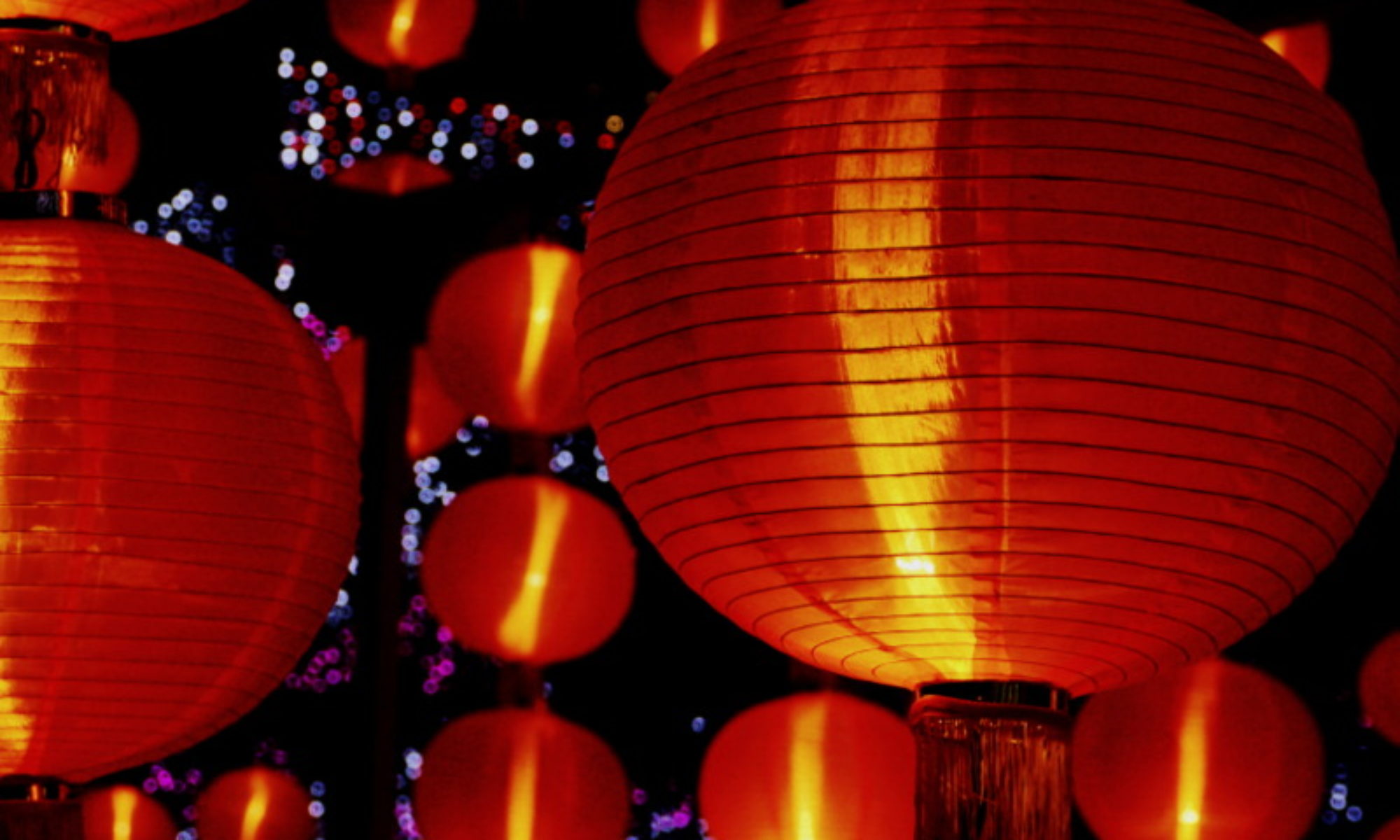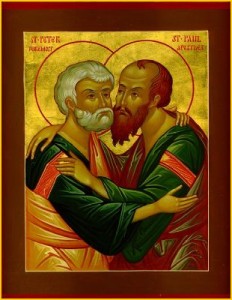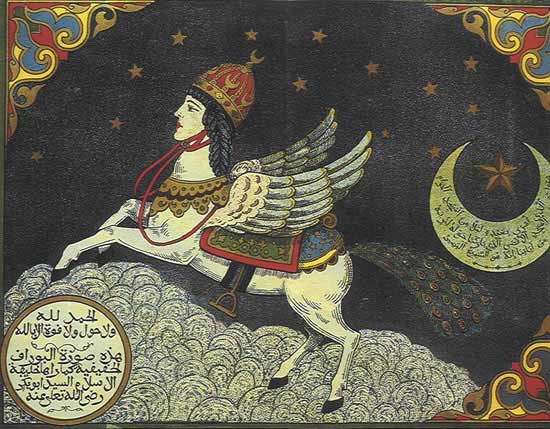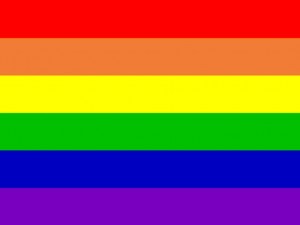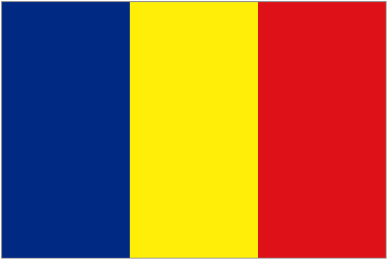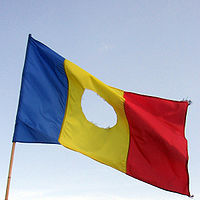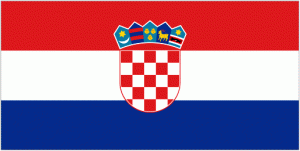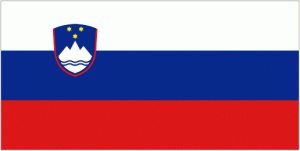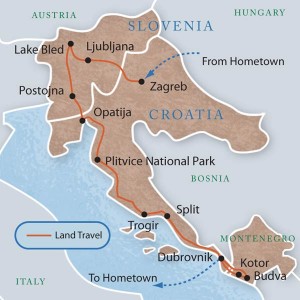July 1
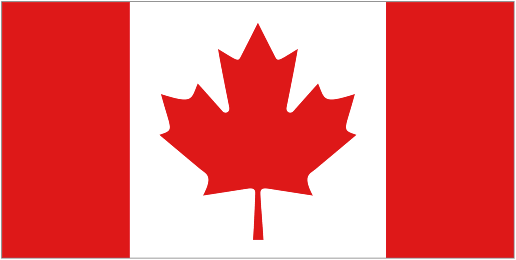
C’mon Jessica, C’mon Tori,
let’s go to the mall you won’t be sorry.
Dad says I’m too young to date.
But baby I don’t wanna wait…
That’s okay…
I’m gonna rock your body till Canada Day.“Let’s Go To the Mall,” Canadian National Anthem
Canada Day isn’t an anniversary of independence but of unity. On July 1, 1867 the colonies of Upper Canada, Lower Canada, New Brunswick, and Nova Scotia united to form “one dominion under the name of Canada”. The day was known as Dominion Day until 1982 when it was officially changed to Canada Day–although the populace had long since taken to calling it Canada Day.
On this, the 142th anniversary of the first Canada Day, we ask: “Where did Canada get its name?”
According to answerbag.com, “Canada” means:
- An Indian word meaning ‘Suburb of Detroit’.
- George St. Pierre, the UFC Welterweight Champion of the World. Yea baby!!!
- Place where Americans come to ask stupid questions.
Another theory of the origin of Canada’ is that it is an Wendat (Huron/Iroquois) word meaning ‘village’ or ‘collection of huts’. The Wendat were a confederacy of four tribes who spoke the same language in what is now Ontario and Quebec.
According to the Department of Canadian Heritage, in 1535 explorer Jacques Cartier was mapping the area north of the present-day St. Lawrence River when…
“two Indian Youths told Jacques Cartier about the route to ‘kanata.’ They were referring to the village of Stadacona…but for want of another name, Cartier used “Canada” to refer not only to Stadacona (the site of present day Quebec City), but also to the entire area subject to its chief, Donnacona.”
Cartier named the St. Lawrence River the ‘riviere de Canada’, and by 1547, maps of the area labeled the land north of that river “Canada”.
Though this theory is widely accepted, some dispute its accuracy, suggesting that the Hurons didn’t occupy the area at the time of Cartier’s exploration.
Another theory is that Spanish explorers wrote “aca nada” on their maps, meaning ‘nothing here’.
The arguments are moot in Quebec, where most of the populace doesn’t celebrate Canada Day at all. Rather, in Quebec, July 1 is better known as “Moving Day.” Since 1971, apartment leases there have begun and ended on Canada’s national holiday.
